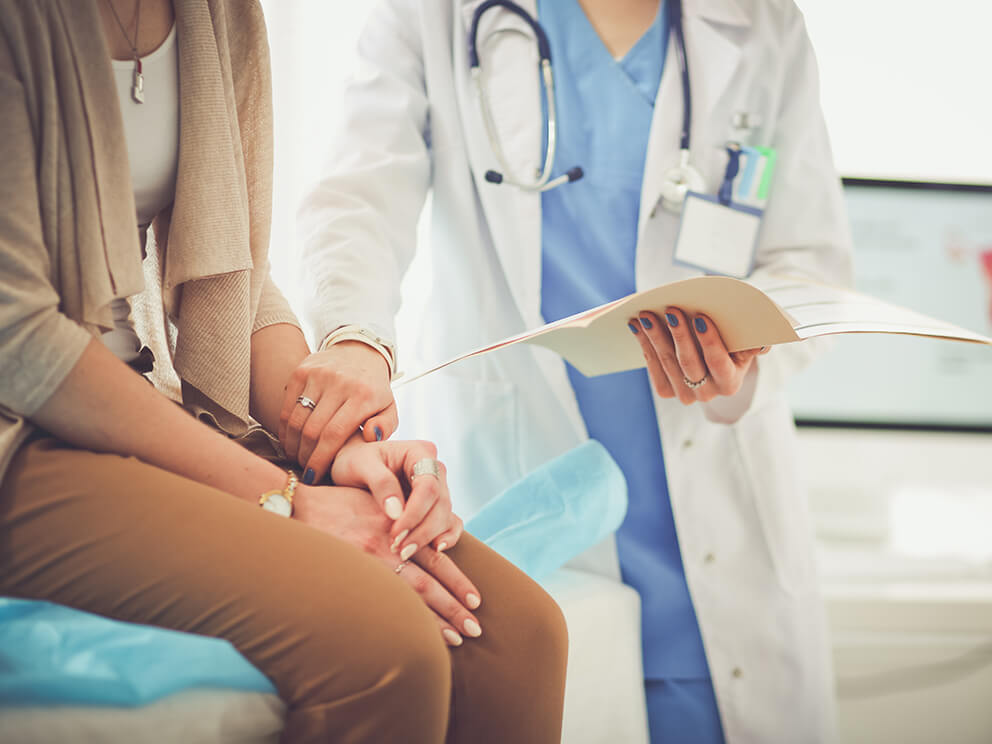What is upper endoscopy?
Upper endoscopy is sometimes referred to as upper GI endoscopy or esophagogastroduodenoscopy (EGD). Your doctor will use a thin, flexible tube called an endoscope to examine the lining of the upper part of your gastrointestinal tract, which includes the esophagus, stomach, and duodenum (first portion of the small intestine). A tiny video camera at the tip of the tube allows the doctor to carefully examine the lining of your gastrointestinal tract.



